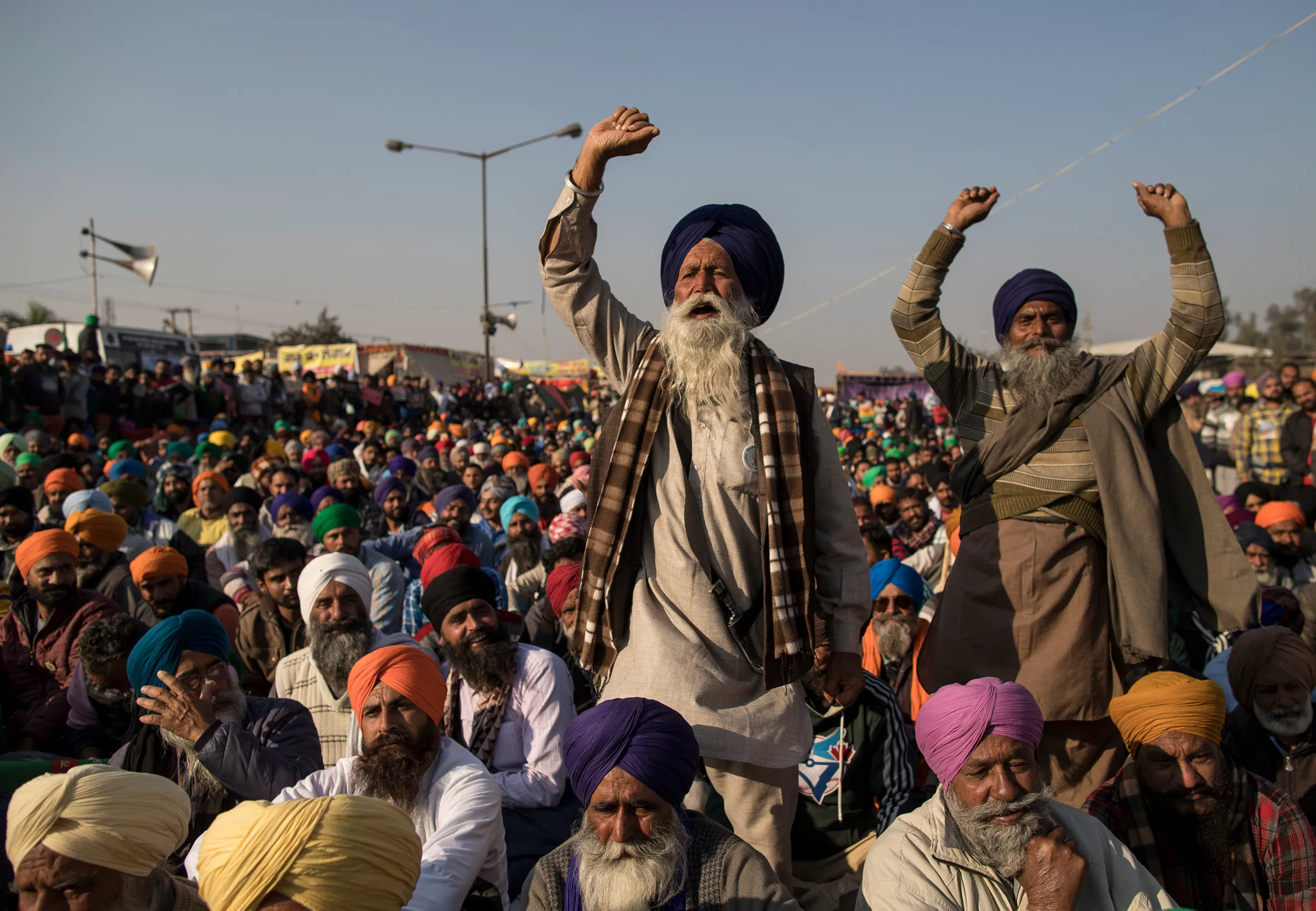International
India: farmers clash with police. Global agricolture in turmoil

Farmers protest in India
The primary sector is protesting all over the world, not just in Europe. Indian farmers attempting to reach the capital, New Delhi, clashed with security forces for the second day on Wednesday, with police using drones to fire tear gas, television images show.
Hundreds of farmers, traveling in trucks and carts loaded with food, bedding, and other supplies, began marching toward Delhi Tuesday morning after talks between their unions and the government failed to result in a commitment on minimum prices for a range of crops.
The protesters were stopped by security forces at the Shambhu border dividing Punjab and Haryana, the northern states to which most of the protesters belong, nearly 200 kilometers (125 miles) from their destination.
“We want the prime minister to come forward and talk to the farmers,” Sarwan Singh Pandher, general secretary of the Punjab Kisan Mazdoor Sangharsh Committee, told the Indian news agency ANI.
The government, meanwhile, appealed to farmers to come forward and discuss the issue.
“Efforts will continue to talk with farmers’ unions in a constructive and positive way,” Agriculture Minister Arjun Munda told reporters Wednesday.
A similar year-long protest in 2021 by farmers, a powerful voting bloc, had prompted the government led by Prime Minister Narendra Modi to repeal some agriculture laws and promise to find ways to ensure support prices for all agricultural products.
Farmers say the government has been slow to fulfill this latest promise. The latest protests come as the national elections in which Modi will seek a third term are just months away. ANI images showed the tight security measures in other areas surrounding the national capital as well, with rows of barricades and concrete blocks covered with wire mesh and empty containers ready to be used as physical barriers.
The protests in India highlight what is a widespread problem globally: often absurd public regulations on food production come to reduce farmers’ incomes, either by placing extremely high standards on domestic producers, as is the case in Europe, or by compounding sale prices, as is the case in India. The result is still the same: farmers protest because their situation has become intolerable.






